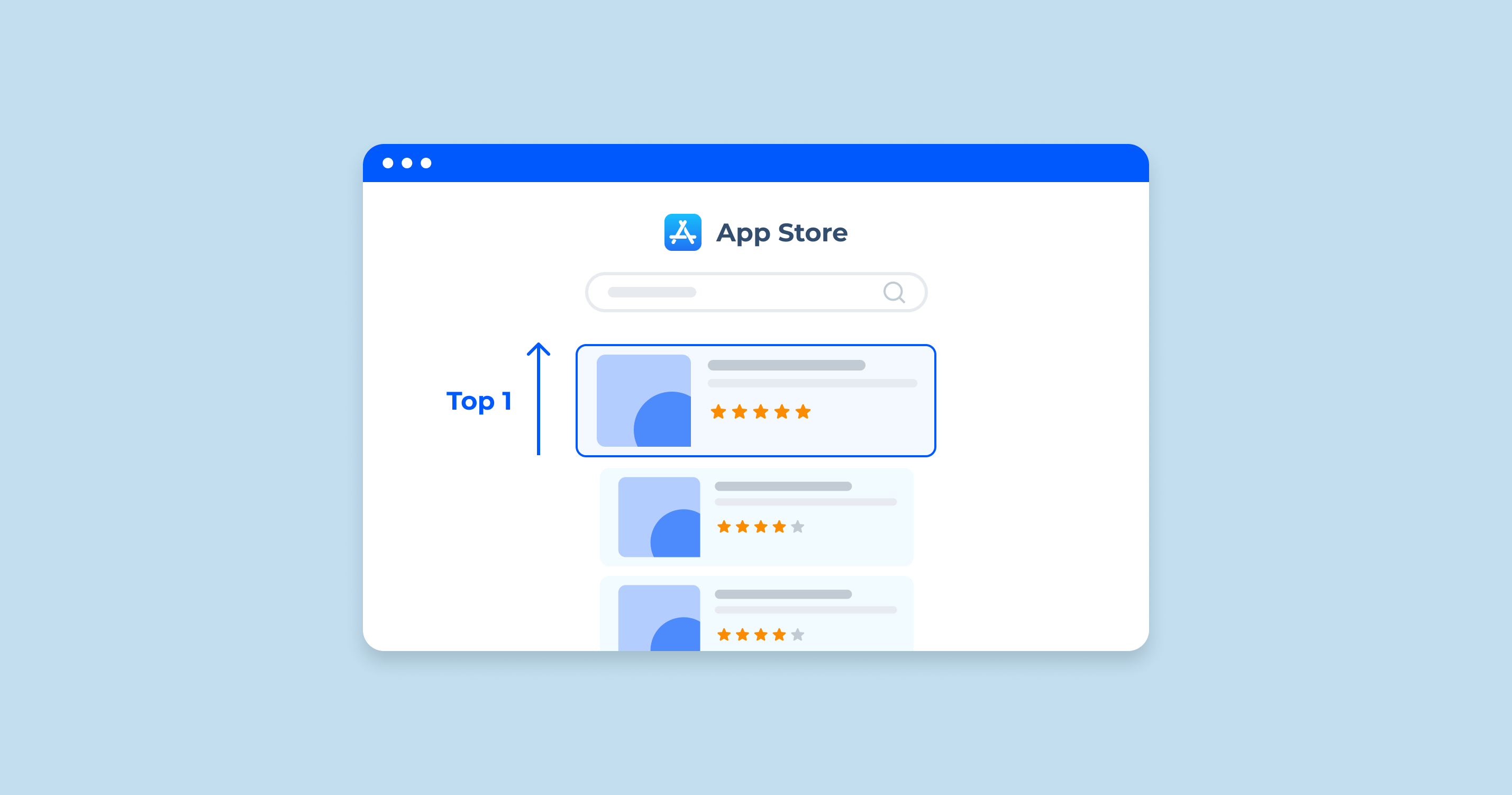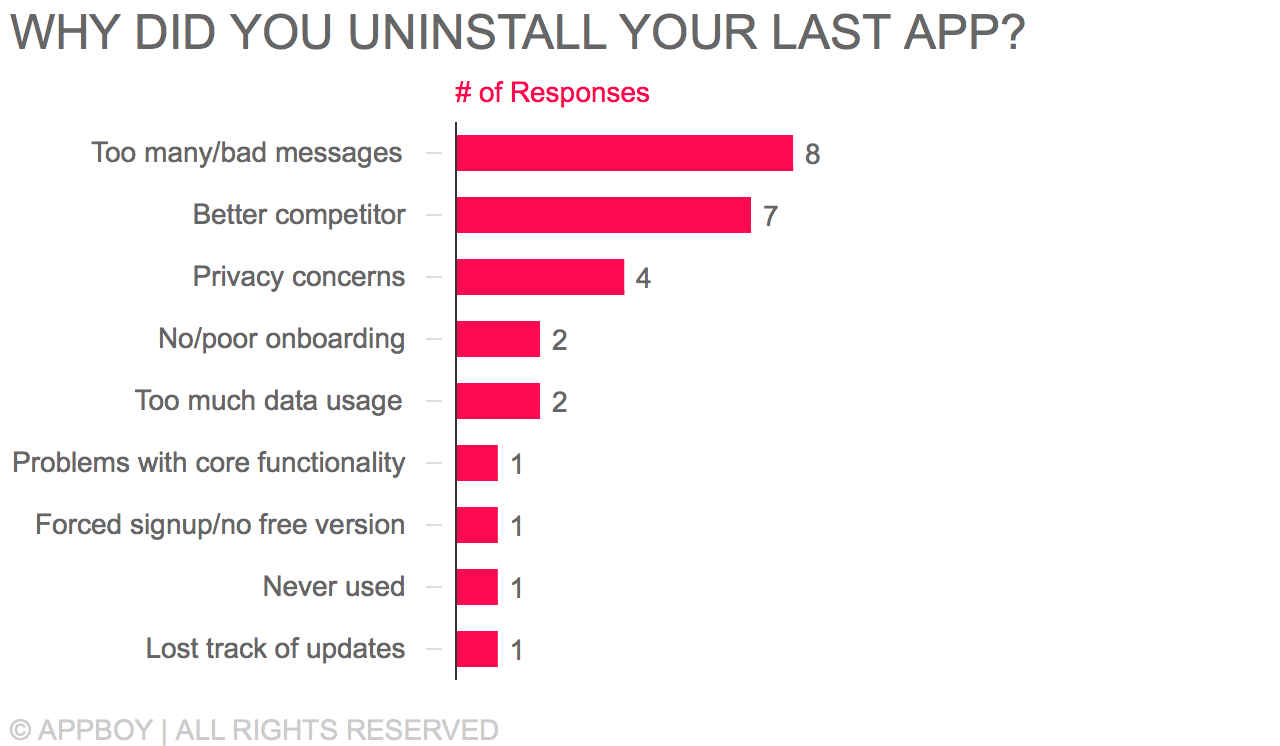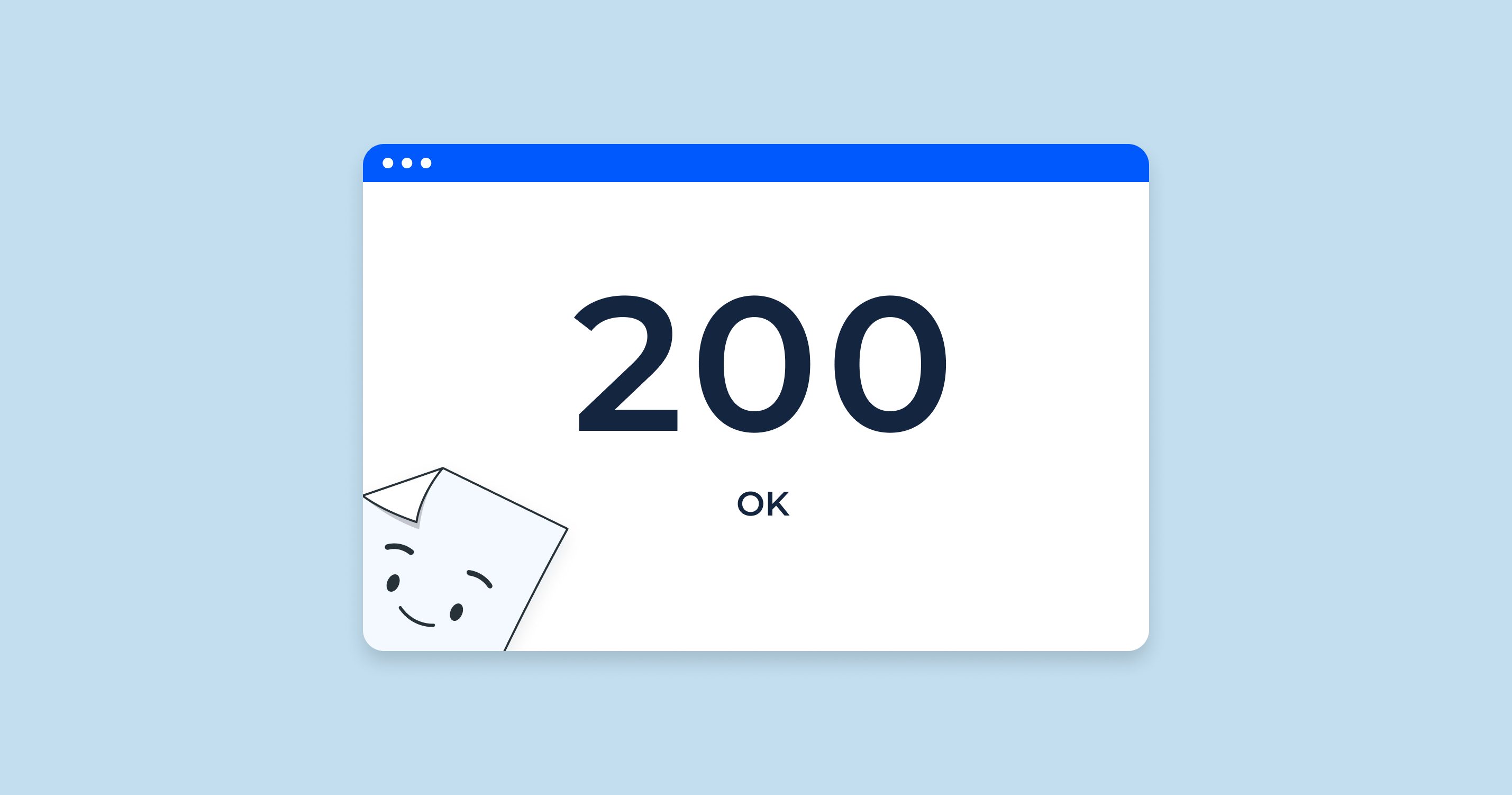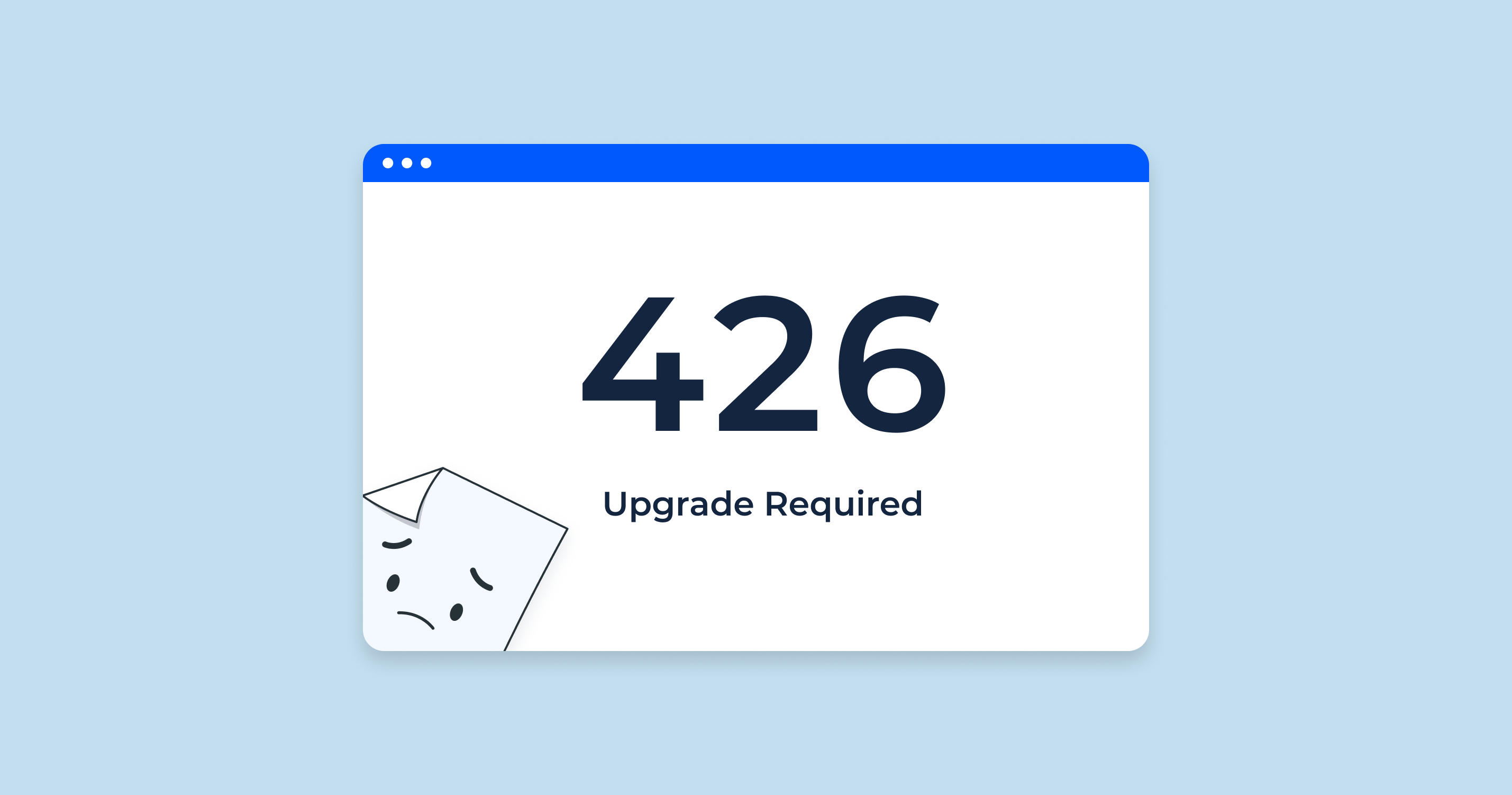App Store ranking refers to the position or rank of an application in the app store’s search results or category listings. The ranking is determined by a combination of factors, such as the app’s total number of downloads, recent download velocity, user ratings and reviews, update frequency, and other undisclosed factors related to user engagement.
The algorithm used by app stores to determine ranking is not publicly disclosed and can change over time.
However, app developers often use App Store Optimization (ASO) techniques to improve their app’s visibility and ranking in an app store. ASO can include tactics such as using relevant keywords in the app’s description, regularly updating the app, and encouraging users to leave positive reviews and ratings.
An app’s ranking in an app store can significantly impact its visibility to potential new users, with higher-ranked apps generally getting more downloads than lower-ranked ones. Thus, achieving a high App Store ranking is a common goal for app developers.
8 Key Factors That Can Impact an App’s Ranking
There are several key factors that can impact an app’s ranking in the app store. Note that these factors can vary somewhat between different app stores (like Apple’s App Store and Google’s Play Store), and they can change over time as the app stores update their ranking algorithms.
However, these factors are generally considered important in determining an app’s ranking:
1. User Ratings and Reviews
Positive ratings and reviews signal to the app store that users are satisfied with the app, which can boost its ranking.
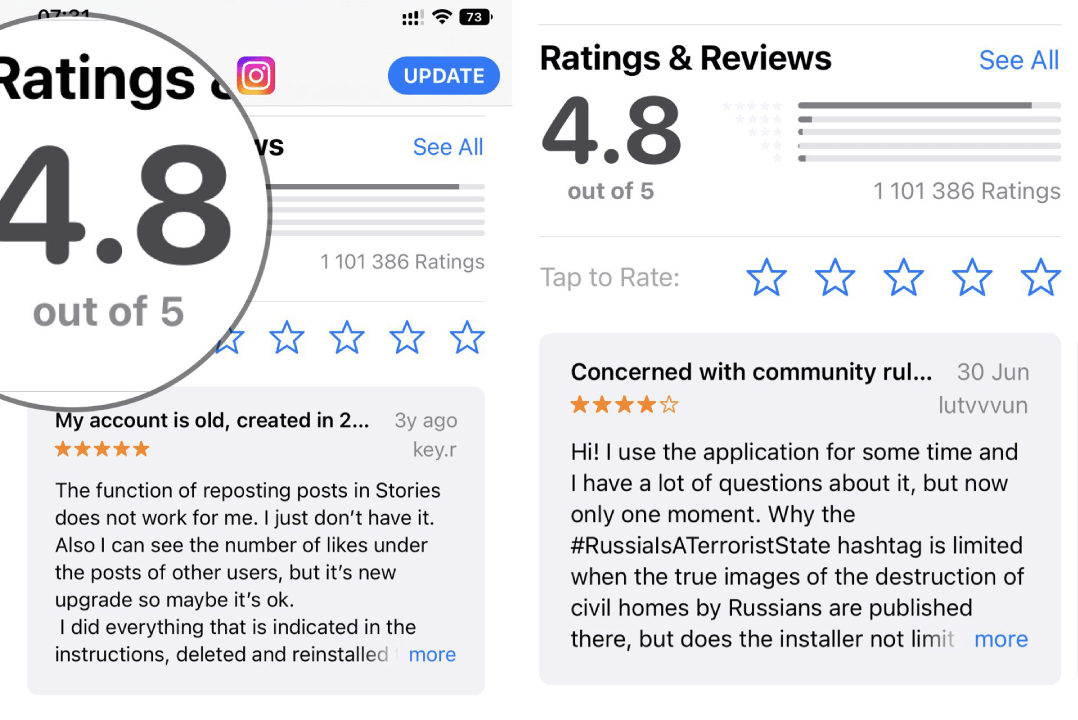
Despite the irritation of receiving negative reviews often paired with a lone star rating, the considerable effort expended by app developers would be in vain without this essential part of the development cycle — user feedback.
There isn’t a single app in the marketplace devoid of negative reviews. However, if addressed promptly and thoughtfully, these critiques can be transformed into positive ones, subsequently enhancing the rate of app installations. For this reason, we urge you to adopt the strategies discussed earlier and establish a workflow for monitoring and responding to reviews.
2. Download and Engagement Metrics
The number of downloads, especially the speed at which an app is downloaded (referred to as ‘download velocity’), can affect the app’s ranking.
User engagement metrics serve as a tool for gauging your app’s performance. These metrics could include various factors such as download numbers, referral frequency, or the number of clicks on a specific feature.
The key point is that these metrics provide valuable insights that assist developers or companies in evaluating their product. These insights can be classified as positive, negative, or neutral, helping the company decide whether to keep, enhance, or eliminate a feature.
While custom mobile app development is an effective approach, overlooking user metrics could hinder your app’s scalability.
Let’s explore some commonly used app usage metrics that industry experts use, and delve into how to make sense of your mobile app’s results.
Here’s a list of vital mobile app metrics that require close monitoring to ensure your app’s success.
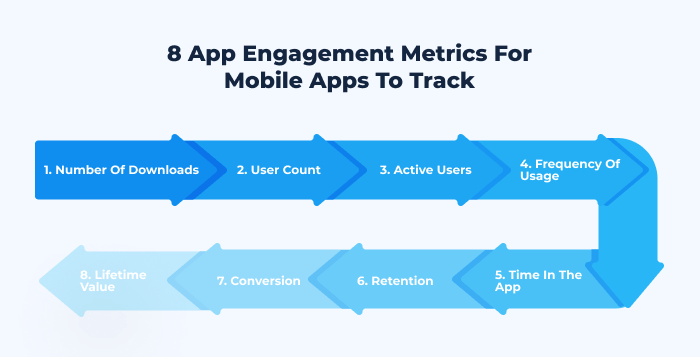
While the aforementioned user engagement metrics offer a broad perspective on the elements you should be tracking, it’s essential to adapt them to your particular product and link the data with sound reasoning. This level of analysis will equip you with valuable insights to enhance your product and ultimately, your business.
3. App Updates
Regularly updating the iOS app to fix bugs and add new features can positively influence its ranking.
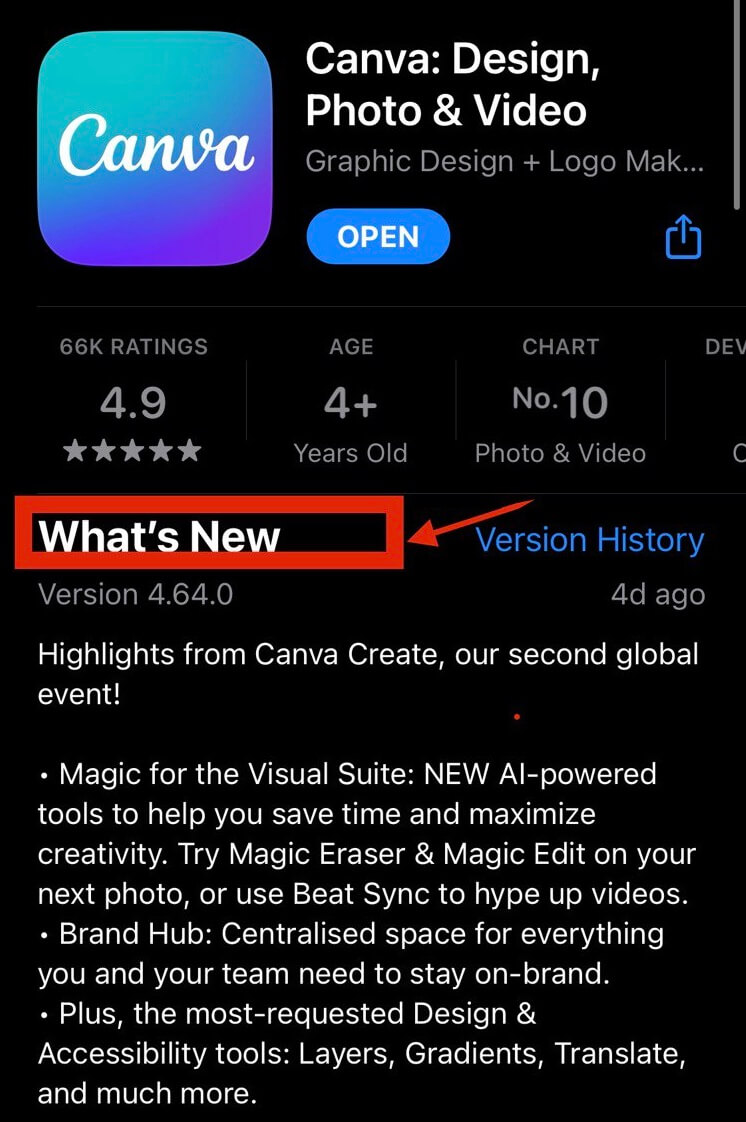
4. Keyword Relevance
This refers to how well the app’s description and metadata match the search terms that users are typing into the app store. More relevant apps are ranked higher.
ASO case study The “StoryShots” Mobile Application
StoryShots is a unique mobile application that offers concise summaries of best-selling nonfiction books in textual, auditory, or visual forms. This innovative solution allows users to grasp the main points of lengthy books in just a few minutes, instead of spending hours or even never getting to them.
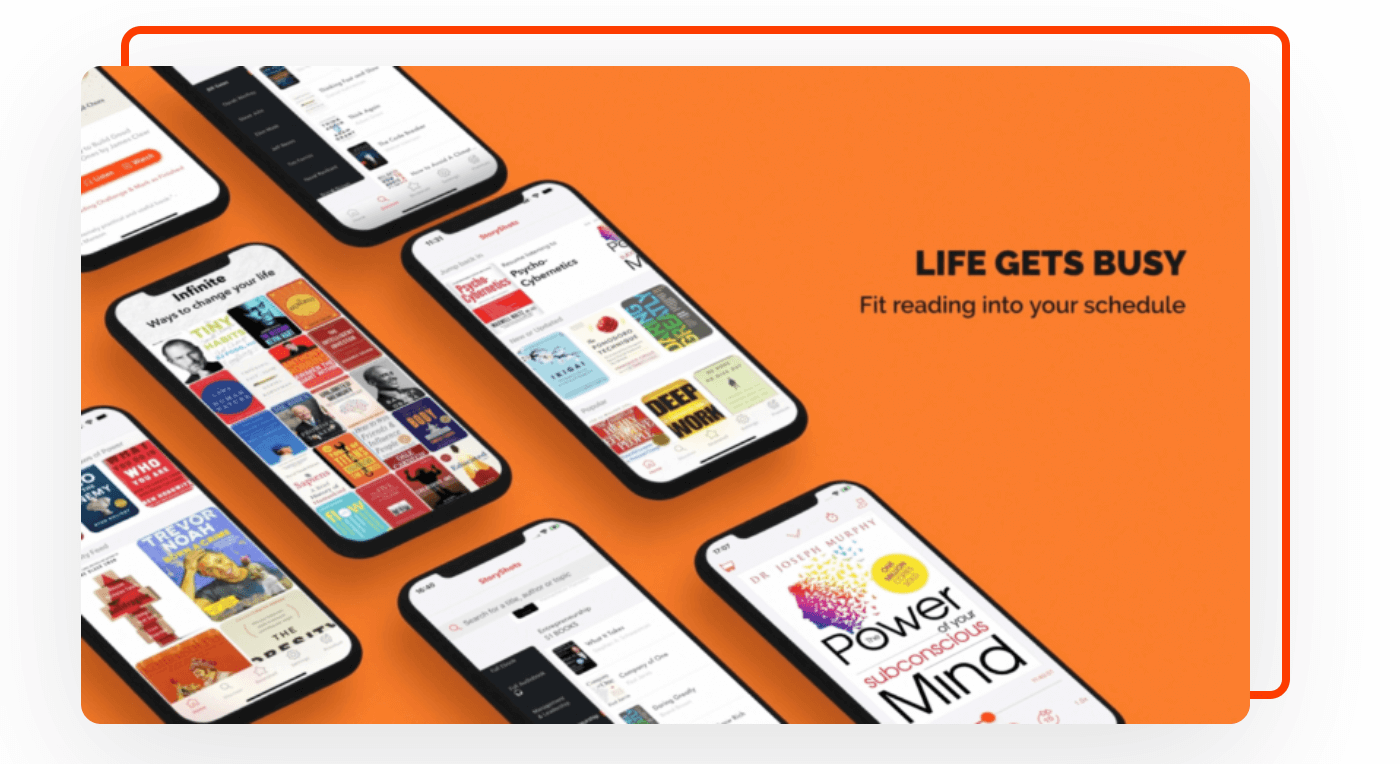
The task for the MobileAction team was to assist StoryShots in enhancing its download numbers, with the aim of subsequently promoting new authors. The choice to opt for ASO came from the client’s need for an economic strategy to increase organic traffic for their mobile application, given their limited marketing budget.
To achieve this, MobileAction utilized their ASO Intelligence tool to spot the specific keywords responsible for generating traffic in distinct markets.
The ASO Intelligence tool provided by MobileAction enabled the StoryShots team to attract tens of thousands of users within a few months. Keyword research, title optimization, and extending the app’s reach to 30 new markets.
5. User Experience
If an app crashes frequently or performs poorly, it can receive negative reviews and ratings, which can negatively affect its ranking.
It’s worth noting that ratings and reviews play a pivotal role in a user’s decision to download an app. Statistics indicate that 79% of users consult ratings and reviews prior to downloading an app. Moreover, a 4 or 5-star rating positively sways the opinion of 71% of users about a brand.
This underscores the fact that elevating your app’s star rating from 3 to 4 stars could potentially lead to a dramatic 89% surge in your app’s conversion rate. The app’s ratings and reviews exert a direct effect on the conversion rate due to the following primary reasons:
- Visibility. Given their placement on the app store page, users are more likely to notice ratings before reviews. They provide a quick and easy-to-understand metric, making them a focal point for users.
- Credibility. The degree of influence of this factor can vary across categories. However, when a user is torn between two apps with similar features, they tend to opt for the one with superior ratings. For instance, in the finance category, maintaining high ratings is important as users are wary of committing their time and resources to an app that lacks credibility. An app should strive to sustain a rating in the 4.3 to 4.9 range but, at the very least, should maintain a minimum rating of 4.0.
Failure to do so could result in a notable decline in the conversion rate.
6. Uninstalls
The number of users who uninstall the app shortly after downloading it can impact the app’s ranking negatively.
The motivations behind people choosing to uninstall apps can be diverse. From a recent survey, nine distinct reasons were identified that motivated individuals to uninstall apps. However, three primary reasons accounted for over two-thirds of the total uninstallations:
Motivations behind Appboy employees’ most recent app uninstallations:
- Messaging issues accounted for 29.6% of uninstallations: Excessive push notifications and messages, irrelevant communications, notifications based on outdated information, and generic mass messages that lacked personalization were the primary messaging-related issues.
- Core functionality problems prompted 25.9% of uninstallations: Issues included brands no longer updating their apps, apps crashing mid-use, unintuitive or frustrating user interfaces, and difficulties in comprehending the app’s utility or purpose.
- Customer migration to competing apps led to 14.8% of uninstallations: In situations where an app started lagging behind its competitors, or if usability issues made rival apps more appealing, users opted to switch.
Additional factors contributing to uninstallations included the absence of a free version, mandatory sign-ups during initial use, privacy concerns, high data usage, lack of high-quality onboarding, difficulty in keeping up with app updates, and non-usage after download.
7. In-app Purchases
Some suggest that the performance of in-app purchases (how often they are made and the revenue generated) can affect an app’s ranking, especially in Google Play Store.
In-app purchases contribute to a reliable and secure user experience, thanks to our exceptional commerce and payment system. This convenience allows users to manage their purchases and subscriptions seamlessly over time. Moreover, users can access their purchased content across all supported devices and retrieve their purchases on newly acquired devices.
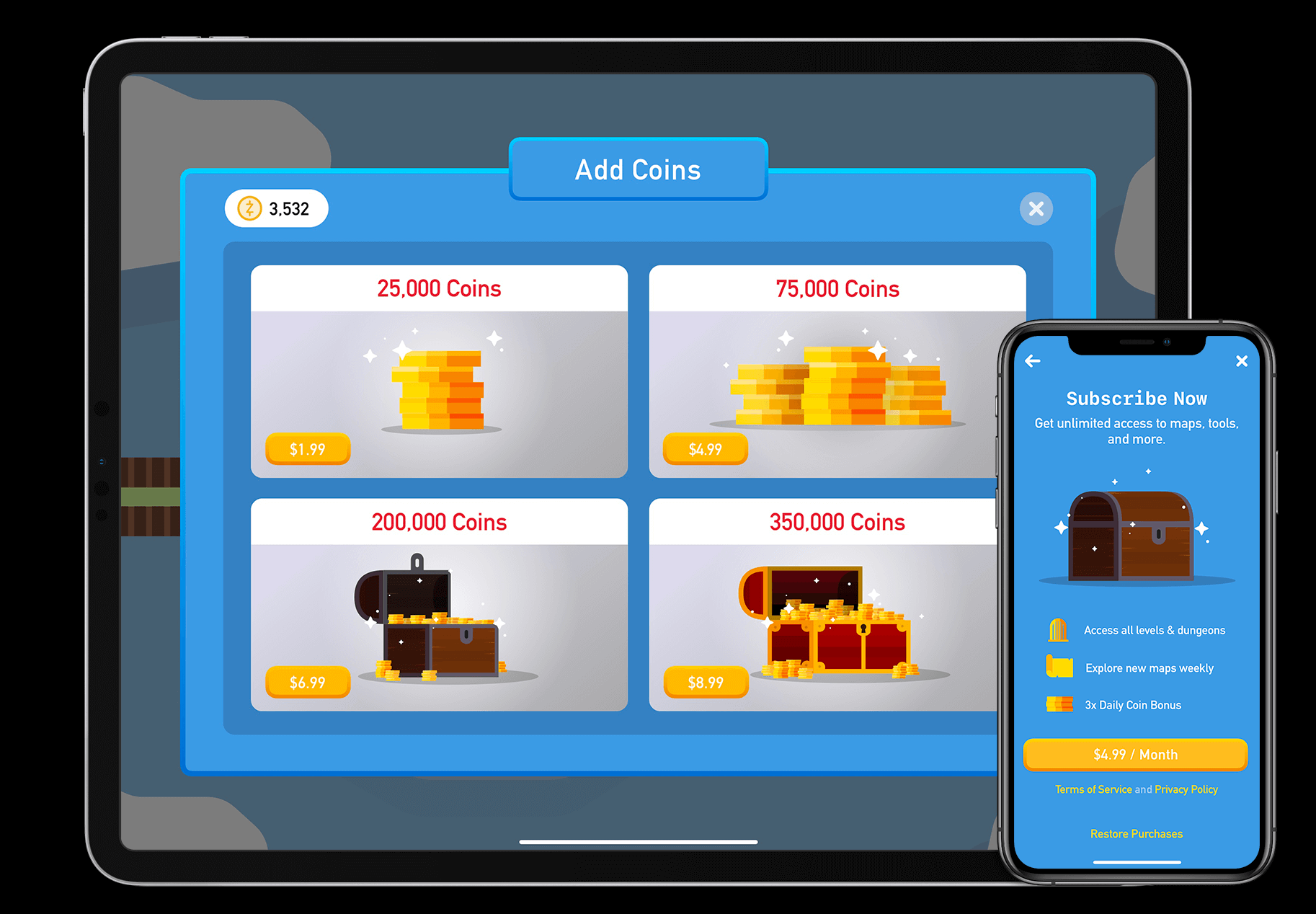
Four distinct in-app purchase categories exist, and your app can support multiple kinds.
- Consumable. Consumables offer varying types of assets, like game-related items such as lives or gems, profile boosters in a dating app, or digital gratuities for content creators in a social app. These consumable in-app purchases are depleted upon use and can be repurchased. They are frequently incorporated into apps and games that utilize a freemium business model.
- Non-consumable. Non-consumables are premium features that require a one-time purchase and do not have an expiry date. They include additional filters in a photography app, extra tools in a drawing app, or aesthetic upgrades in a game. Non-consumable in-app purchases support Family Sharing.
- Auto-renewable subscriptions. Auto-renewable subscriptions provide continuous access to content, services, or premium features within your app. Users are billed recurrently until they choose to cancel. This category typically includes access to media or content libraries (like video, music, or articles), software as a service (such as cloud storage, productivity tools, or graphics and design software), educational resources, and more. Auto-renewable subscriptions also support Family Sharing.
- Non-renewing subscriptions. Non-renewing subscriptions grant access to services or content for a specified period, such as a seasonal pass for in-game content. These subscriptions do not renew automatically, so users will need to purchase a new subscription at the end of the term if they wish to maintain access.
8. Localization
Tailoring your app’s language, content, and layout to match different regional markets can have a positive impact on its visibility and hence ranking.
Localizing an app requires careful planning. Initially, test your app in a small market using your native language. As it gains popularity, consider global expansion starting with countries similar to your primary locale to minimize necessary app modifications. Once established in these countries, expand further to countries and languages less similar to your locale.
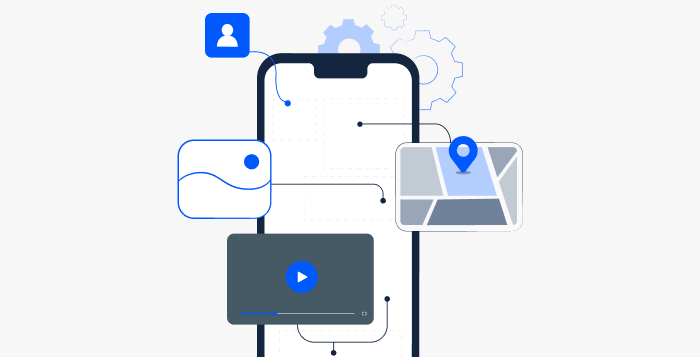
Remember, app stores are constantly tweaking their algorithms, so what works today might not work tomorrow. It’s essential to stay informed about the latest app store trends and updates.
Conclusion
App Store ranking, determining an app’s position in search or category listings, depends on numerous factors like downloads, user ratings, updates, and other undisclosed elements. Strategies like ASO can enhance visibility, using tactics such as keyword optimization and user review encouragement. Monitoring and interpreting user engagement metrics, addressing user experience issues, and handling app uninstalls are necessary.
Enhancing in-app purchases and localizing the app for different markets can also improve ranking. As app store algorithms continually evolve, developers must stay updated and adaptable.
